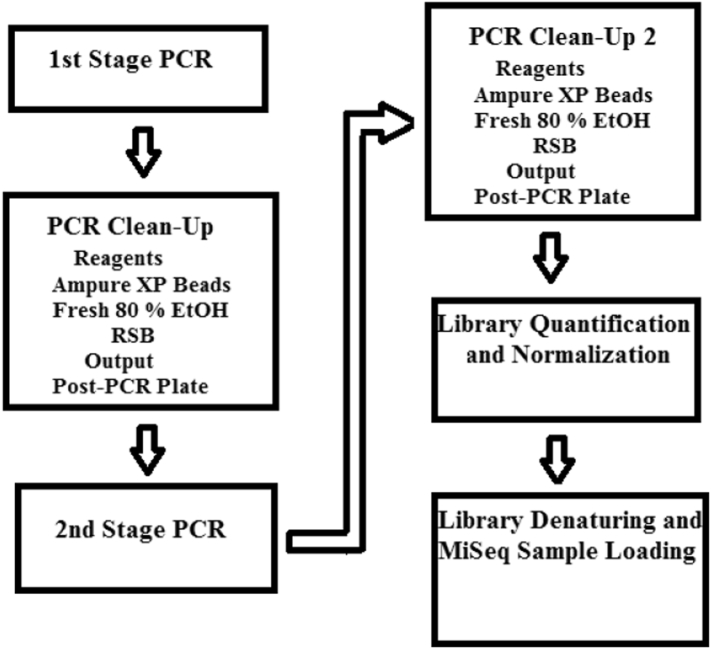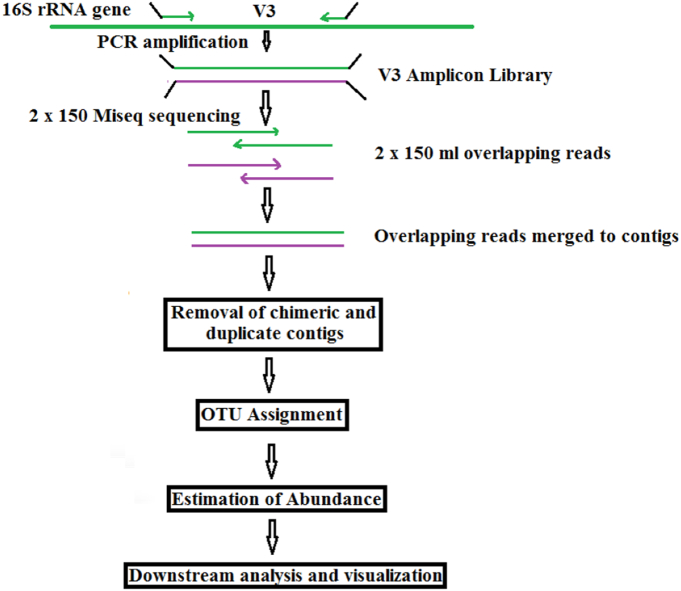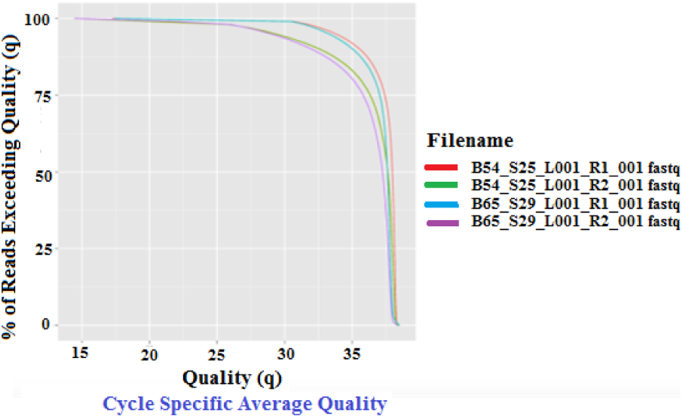Comparative analysis of microbial diversity in two hot springs of Bakreshwar, West Bengal, India
Abstract
Various aspects of hot springs at Bakreshwar (Lat. 23°52′48″N; Long. 87°22′40″E) in West Bengal, India have been investigated since the middle of 20th century, but comprehending the complete diversity and the complexity of the microbial population therein has been in the continuing process. Some of these microorganisms are found to have immense industrial importance. Microbes generally exist in milieus of varying complexities and diversities. Attempting the usually employed cultivation-based techniques in experimentation with those microbes had confronted various limitations. To overcome these limitations a strategy based on high-throughput sequencing of 16S rRNA gene amplicon analysis was employed for studying the differential diversity and the detailed nature of microbial population of the two hot springs of Bakreshwar (54 °C & 65 °C). Paired-end libraries of amplified V-3 hyper-variable 16S rDNA fragments from sets of samples that varied in their contents, ranging from a single bacterium to highly complex communities were sequenced. The comparison revealed the differential aspects in the two hot spring waters; the samples at 54 °C showed the bacterial phylum Firmicutes (65.85%) and Synergistetes (27.24%) predominating and those from hot spring water at 65 °C showed the abundance of the phyla Firmicutes (96.10%) and Proteobacteria (3.36%). The presence of Archaea in the hot springs could not be ascertained.




 求助内容:
求助内容: 应助结果提醒方式:
应助结果提醒方式:


